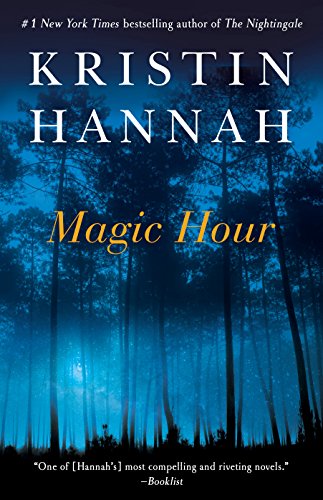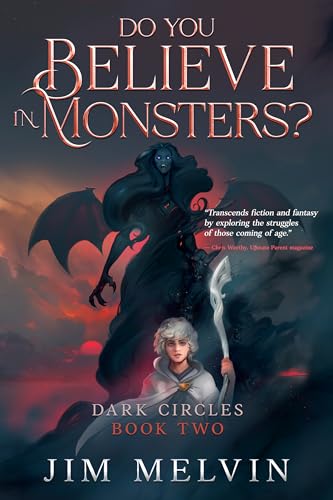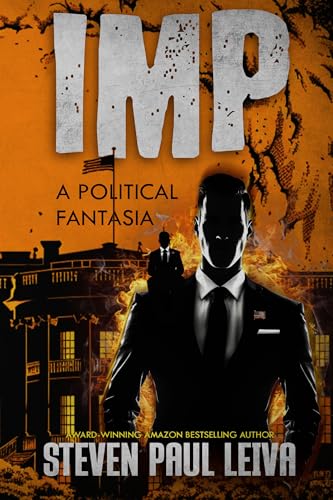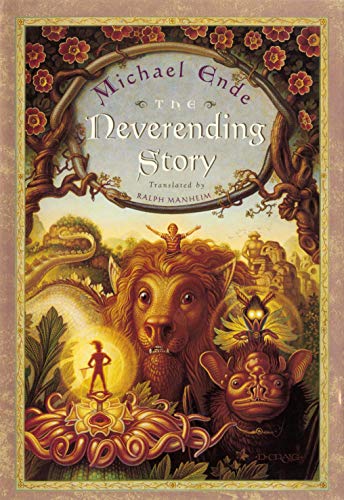Did novelist John Steinbeck spy for the CIA in Paris? Christopher Dickey with The Daily Beast explores how it appears that Steinbeck was gathering intel for the Agency… Support our news coverage by subscribing to our Kindle Nation Daily Digest. Joining is free right now!
PARIS—In the summer of 1954, John Steinbeck was living the good life here in the City of Lights, but teetering on the brink of darkness and despair. The author of The Grapes of Wrath was hugely famous and comfortably rich (although still years away from the 1962 Nobel Prize for Literature), but he was wrestling with depression. “I just don’t have any place to run to, it seems sometimes,” he wrote to his agent in New York.
Writers often like to complicate their lives with distractions and adventures when they’re depressed, especially when they think they’re not writing anything very important, which was the case with Steinbeck in the summer of ’54. So, to keep himself amused, Steinbeck had signed up for a series of little columns and short stories to be published in French (which he did not speak) in the Paris daily Le Figaro.
And one of those has just been published in English for the first time by The Strand Magazine, which previously unearthed lost or forgotten fiction by Ernest Hemingway, H.G. Wells, and others.
Also, during that Paris sojourn in ’54, it appears Steinbeck was working as an asset gathering intelligence for the CIA.
So there are some intriguing mysteries about what Steinbeck was thinking, writing, and actually doing that summer as he settled in with his third wife, Elaine, and his two young boys from his second marriage, Thomas and John IV.
The opulent apartment they rented was at 1 Avenue de Marigny in a palace next door to one of the Rothschilds’ mansions and across the street from the Élysée, the French presidential residence. One could walk to the U.S. embassy next to Place de la Concorde or the U.S. ambassador’s residence on the Faubourg St. Honoré in 10 minutes or less.
The Steinbeck apartment was also so close to the venerable restaurant Laurent that on a quiet summer evening one might have heard the pop of Champagne corks on its terrasse, providing partial inspiration for the newly published short story, which came out originally under the title “Les Puces Sympathiques” and, now, “The Amiable Fleas.”
The restaurant that bears that rather unsympathetic name in Steinbeck’s tale is a blend of clichés. Like Laurent today it has one Michelin star, and the chef certainly hopes for another. But it is also home to resident intellectuals of the sort one might easily have found across the river back then at the Flore, the Lipp, or Les Deux Magots (which means two wise men but is sometimes referred to by Anglophones as The Two Maggots).
At Steinbeck’s imagined café, “Three of its outside tables had as daily ornaments: One poet whose work was so gloriously obscure that even he did not understand it; one architect whose fame rested upon his passionate attack on the flying buttress; and a painter who worked in invisible ink. Each of these of course drew his followers, so that The Amiable Fleas was beginning to be mentioned by the conductor of passing tourist busses.”
The chef has a cat, a feline muse named Apollo to whom he gives a taste of all his sauces. But when the Michelin critic comes, the chef is so tense and out of sorts he kicks the cat, which slinks away into the wilds of Paris. The meal for the critic is a disaster and all seems lost. The chef, acknowledging defeat, and hoping at least to reconcile with the cat, makes a special dish with a very special secret ingredient and goes searching for the errant feline. By happenstance, the critic winds up back at the restaurant and samples the dish and voilà—it’s like the ratatouille moment in the movie Ratatouille (made many decades later), a story for children written with light-hearted asides for adults and a happy ending.
Read full post on The Daily Beast














